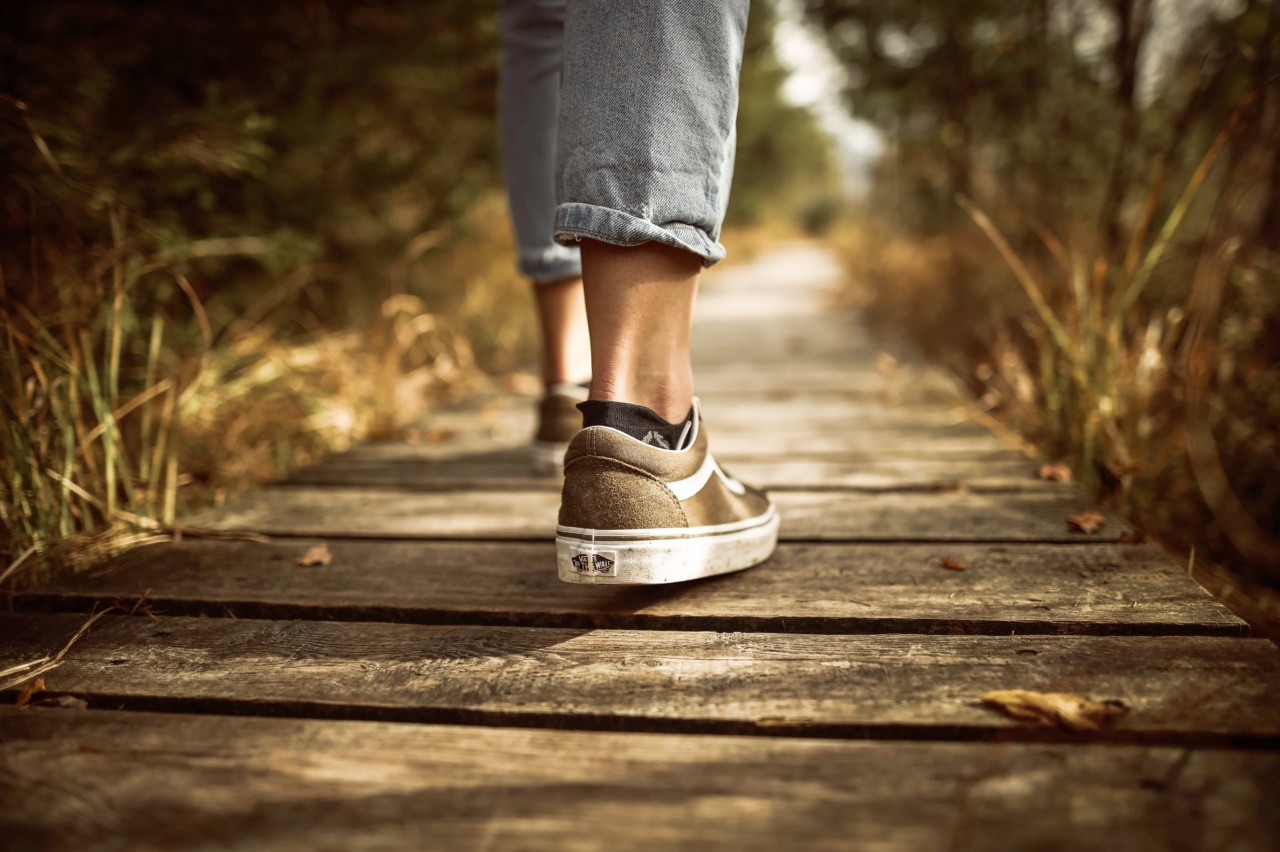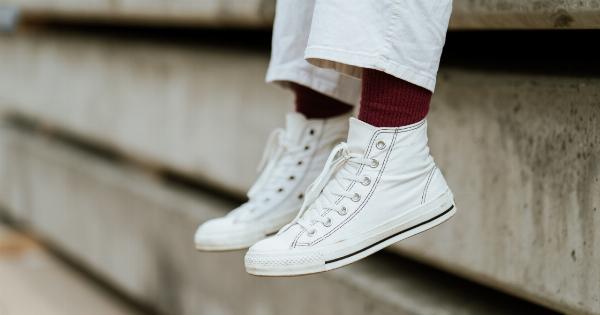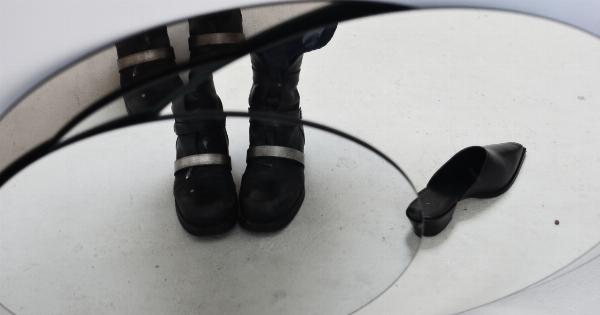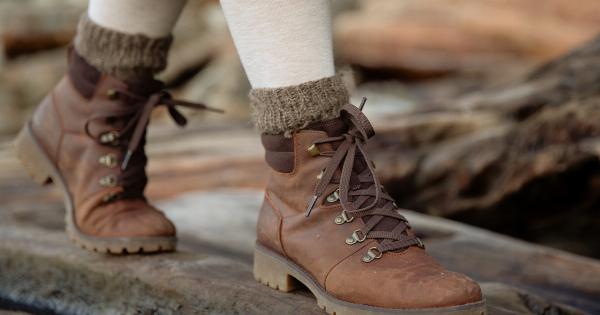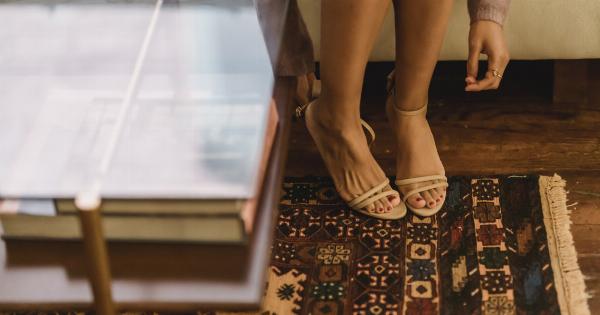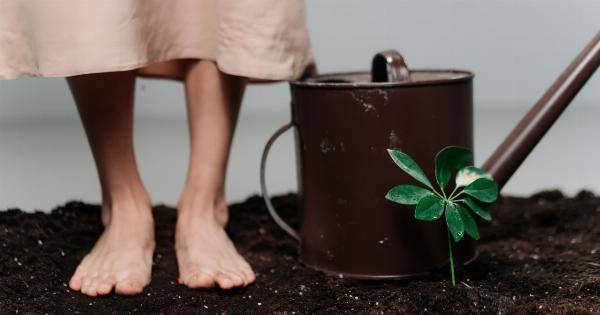Shoes – a fashion statement, a mood lifter, an element of style. Shoes can make or break an outfit, but if they’re uncomfortable, they can also make or break your day.
Wearing ill-fitting shoes can cause foot pain, blisters, corns, and calluses. Discomfort in the feet can quickly turn into discomfort in the back, hips, and knees. So, how can you stay fashion-forward and comfortable at the same time? Here are some tips to avoid shoe discomfort:.
1. Get the Right Fit
The most important factor in avoiding shoe discomfort is getting the right fit. Shoes that are too small or too big can cause a range of foot conditions, including bunions, plantar fasciitis, and hammer toes.
Make sure to measure your feet every time you buy shoes, as your feet can change size over time. Try on shoes at the end of the day, when your feet are at their biggest, and wear the socks or tights you plan to wear with the shoes.
Make sure there’s enough room for your toes to move around and that the shoe doesn’t rub against any part of your foot. When trying on heels, make sure your foot doesn’t slip forward and that your heel doesn’t hang off the back of the shoe.
2. Choose the Right Style
Not all shoe styles are created equal when it comes to comfort. High heels, for example, put pressure on the balls of your feet and the toes, while flip-flops provide no arch support and can strain your calf muscles.
Choose shoes that have a wider toe box, a cushioned sole, and good arch support. Look for lower heels or wedges instead of high heels, and avoid thin-soled shoes that offer little protection or shock absorption. If you have flat feet or high arches, look for shoes that address those specific needs.
3. Break Them In
New shoes can be stiff and uncomfortable at first, but don’t give up on them straight away. Breaking in your shoes can help them conform to the shape of your foot and become more comfortable.
Wear them for short periods at first, and gradually increase the length of time you wear them. You can also try stretching the shoes with a shoe stretcher or by wearing thick socks while breaking them in.
If the shoes are causing pain or discomfort that doesn’t go away after wearing them in, it’s best to return or exchange them for a different size or style.
4. Take Care of Your Feet
Your feet are the foundation of your body, so taking care of them is essential to avoiding shoe discomfort. Make sure to keep your feet clean and dry, and avoid wearing shoes without socks or tights.
Moisturize your feet regularly to prevent dryness and cracking, and trim your toenails regularly to avoid ingrown toenails. If you have any foot conditions, such as bunions or plantar fasciitis, make sure to treat them with the appropriate care, such as orthotics or physical therapy.
5. Alternate Your Shoes
Wearing the same pair of shoes every day can put excessive pressure on certain areas of your foot and lead to discomfort. Try to alternate your shoes every day, or every other day, to give your feet a break and allow them to recover.
This can also help prolong the life of your shoes by allowing them to air out and prevent odors from building up. If you have a favorite pair of shoes that you wear frequently, consider buying a second pair in a different color or style to give your feet some variety.
6. Use Insoles or Inserts
Insoles or inserts can provide extra cushioning and support for your feet, making even the most uncomfortable shoes more bearable. There are a variety of types of insoles and inserts available, such as arch supports, heel cups, and gel pads.
Choose the type that works best for your foot condition or discomfort, and make sure they fit properly in your shoes. Some insoles or inserts may require trimming to fit properly in your shoes, so make sure to read the instructions carefully.
7. Know When to Say Goodbye
As much as we may love our shoes, eventually they will wear out and lose their support and cushioning. Pay attention to the wear patterns on your shoes, such as worn-out soles or holes in the upper part of the shoe.
If your shoes are no longer providing the support or comfort they once did, it’s time to say goodbye and invest in a new pair. Your feet will thank you in the long run.
By following these tips, you can stay fashion-forward and comfortable at the same time. Remember, your feet are the foundation of your body, so taking care of them is essential to your overall health and well-being. Happy shoe shopping!.
